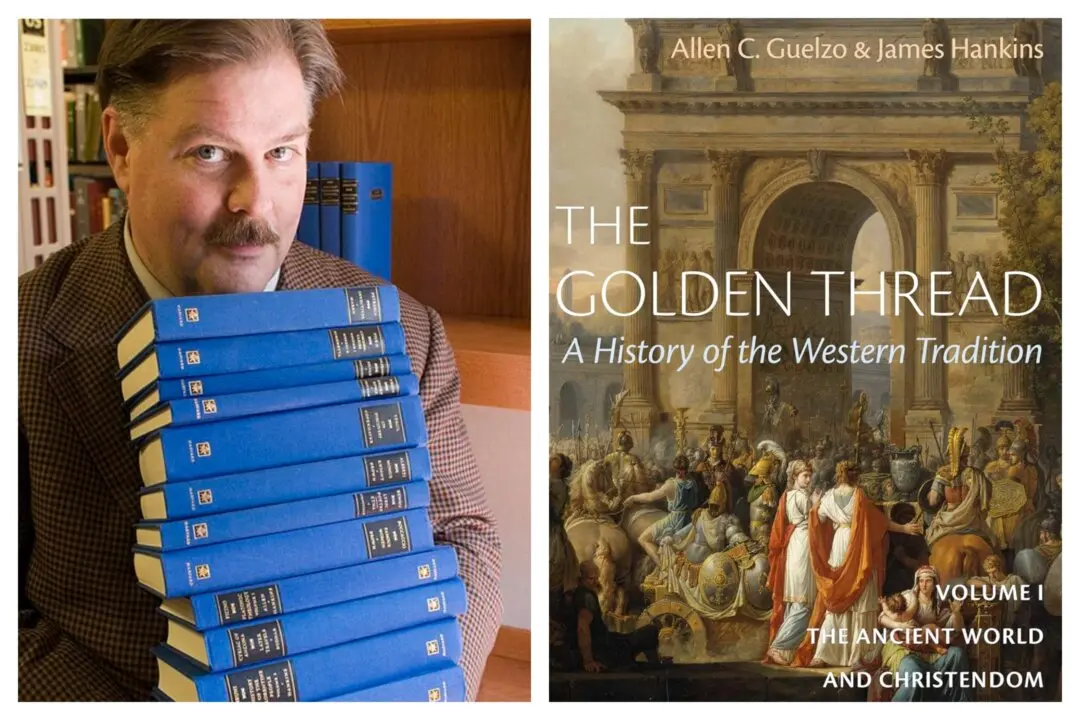The year 1969 is one to remember in the history of American television.
“Monty Python’s Flying Circus” premiered that year, and its madcap antics transformed TV comedy. Other beloved series still remembered today, like “Gunsmoke,” “Bonanza,” and “Walt Disney’s Wonderful World of Color,” entranced audiences as well. In January of that year, in what is still regarded as one of the biggest upsets in American football history, the New York Jets knocked off the Baltimore Colts 16 to 7 to win Super Bowl III, the first championship officially bearing that trademark name.






